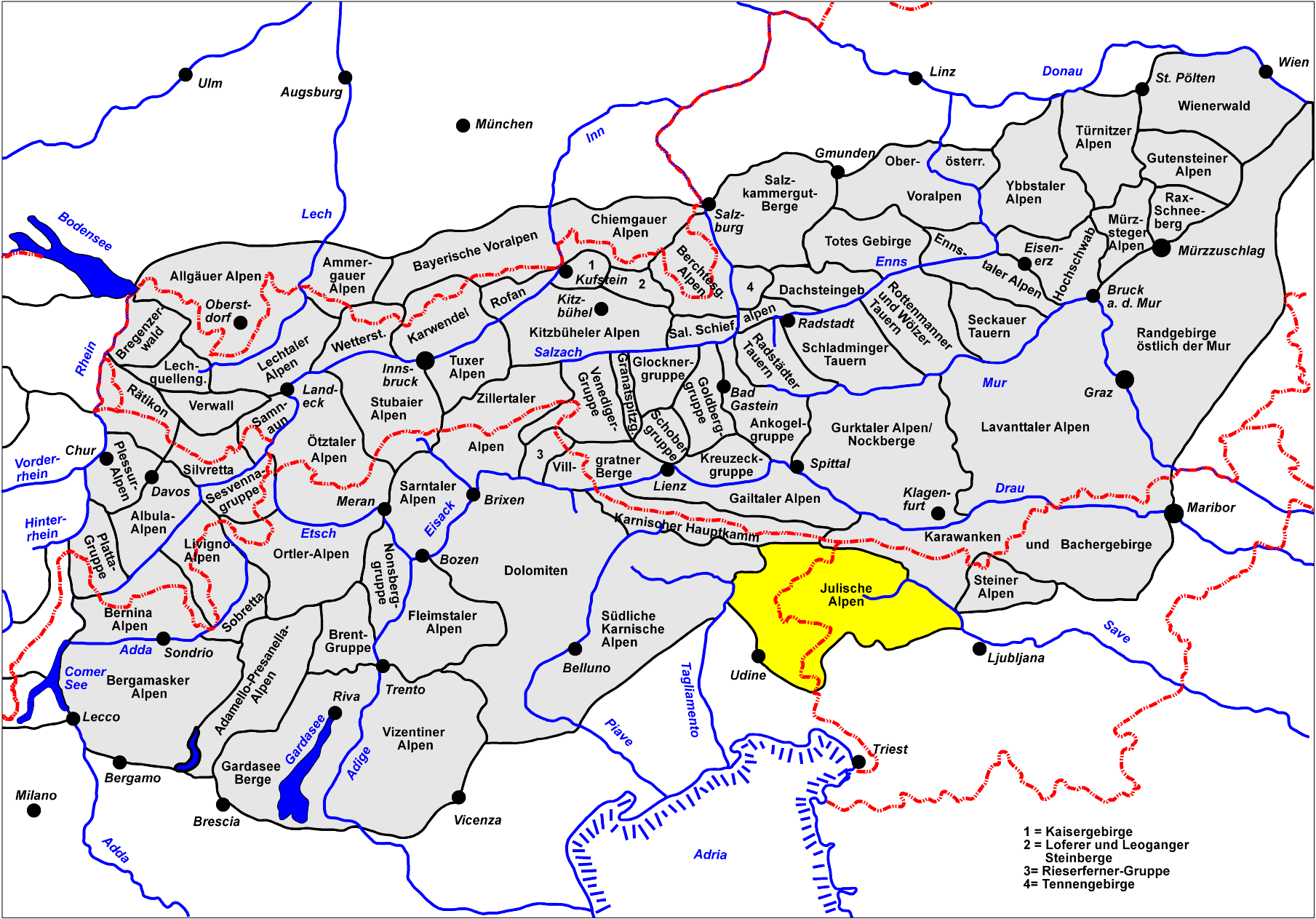Sile
Banned
- Messages
- 5,110
- Reaction score
- 582
- Points
- 0
- Location
- Australia
- Ethnic group
- North Alpine Italian
- Y-DNA haplogroup
- T1a2 -Z19945..Jura
- mtDNA haplogroup
- H95a1 ..Pannoni
Coia et al 2013 -
http://www.plosone.org/article/info:doi/10.1371/journal.pone.0081704
138 samples from the Venetian areas/valleys (Adige/Primiero/Fiemme)
3.6% K-M9 [5 samples]
9.4% R1b-M269 [13 samples]
2.1% R1b-L51 [3 samples]
0.7% R1b-L11 [1 samples]
4.3% R1b-P312 [6 samples]
1.4% R1b-SRY2627 [2 samples]
0.7% R1b-L21 [1 samples]
26.0% R1b-U152 [36 samples]
6.5% R1b-U106 [9 samples]
5.0% R1a-M17 [7 samples]
18.1% G-M201 [25 samples]
4.3% I1-M253 [6 samples]
0.7% I2-M223 [1 samples]
2.1% I2-M423 [3 samples]
5.7% E-V13 [8 samples]
0.7% E-V22 [1 samples]
1.4% J1-M267 [2 samples]
2.1% J2a [3 samples]
2.8% J2b [4 samples]
[2 samples n.a.]
@ Sile
Do you see a connection between Vindelici, Veneti, Lacus Venetus, Vennones and Venostes?
Acc. to Strabo the Vennones were Vindelici and acc. to Ptolemy the Vennones only dwelt in the Raetia part (not Vindelicia part) and only Venetic inscriptions have been found across Raetia; Maybe its all an own (broader Alpine) Indo-European branch - akin to Keltic but more like Venetic in specifics;
Strabo - IV/VI
But the Licattii, the Clautinatii, and the Vennones proved the boldest amongst the Vindelici; and the Rucantii and Cotuantii amongst the Rhæti.
below is basically the tribes
Sources tell of the first contact of Romans to Noricum in the Apenninon (Alps) 170 BC. From then to the Roman conquest of Tyrolean places in 15 BC to later a bunch of local tribes where named by sources:
Tridentini in the Atesis valley (around Trento),
Anauni (Non Valley),
Isarci (in the Etsch valley around Bozen),
Venostes in the Isara valley (Vinschgau),
Atacini in the Atax valley (Eisack/Isarco),
Scaredrani (in the Eggen valley?),
Saevates in the Byrrus valley (Puster valley),
Laianoi in the young Dravus valley (East Tyrol),
Focunates in the young Aenus valley and on the Likas river (around Landeck)
and Breuni in the Aenus valley (around Innsbruck).
-Vindelici are modern swabians and northern tyrol people.
-Veneti are ancient venetic mixed with Eugenei which are tridentini, camuni and stoeni tribes
-Lucus Venetus is Lake Constance
-Vennones are mixed Raeti and Carni
- Venostes similar to Vennones
- laianoi are norici people
- Breuni according to strabo are illyrian/venetic people.........18 venetic inscriptions have been found between Veneto border and Innsbruck
I see Vindelici, raetic and carni as similar people and add Venetic and illyrian in early iron-age to this mix and then add Norici to this list in middle iron-age. But a historian said Vindelici are Raetic people.
Note - illyrian in these notes means northern illyrian and pannonians
BTW as I stated about VENETIA, take also note that the term
Venezia-Friuli-Giulia means Veneto , Friuli and Julian mountains , which are istrians..........different term to VENETIA


